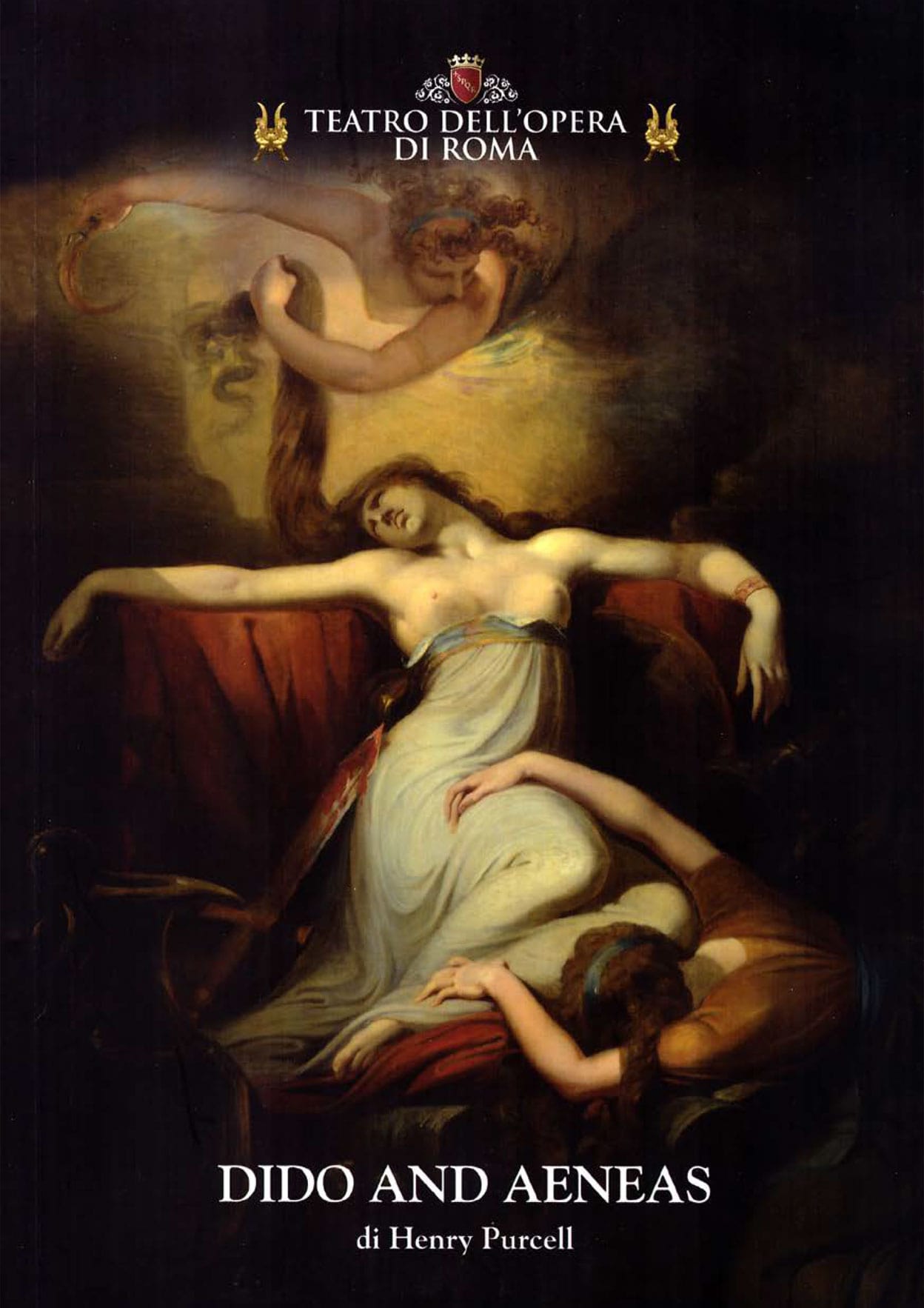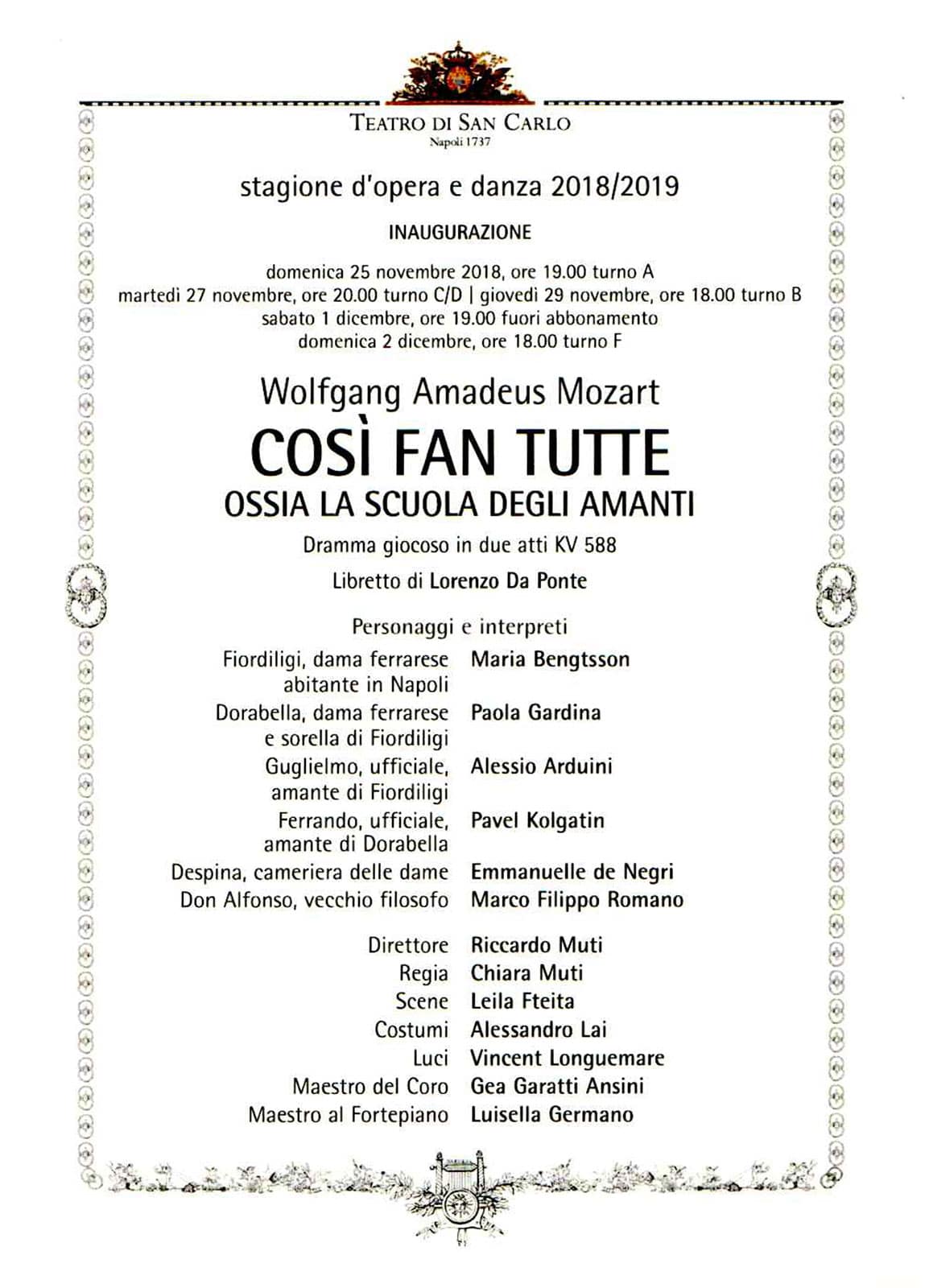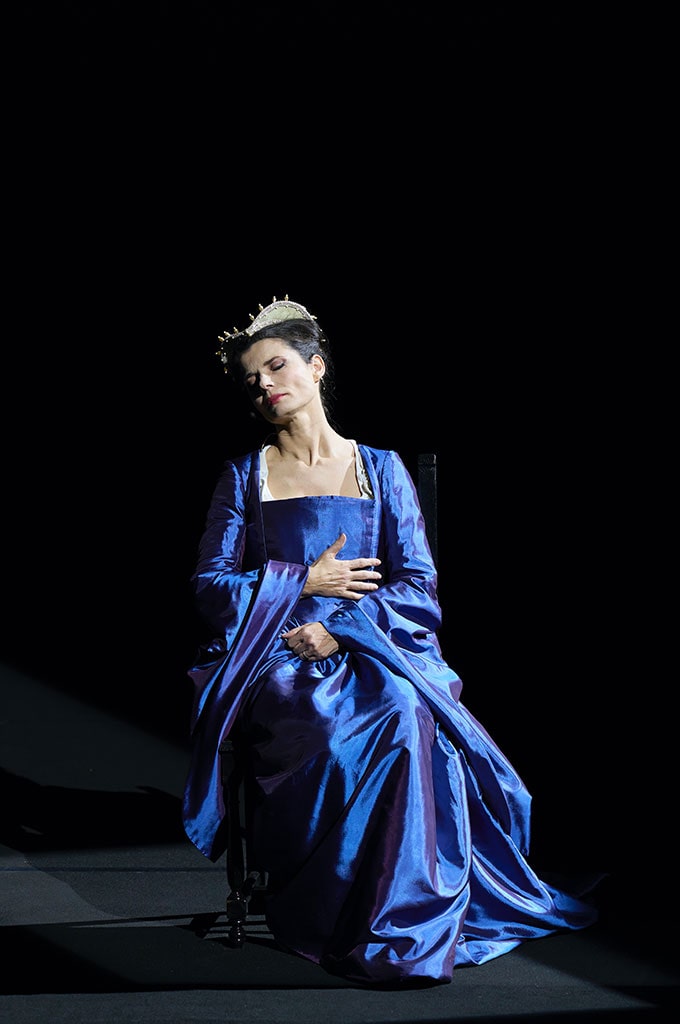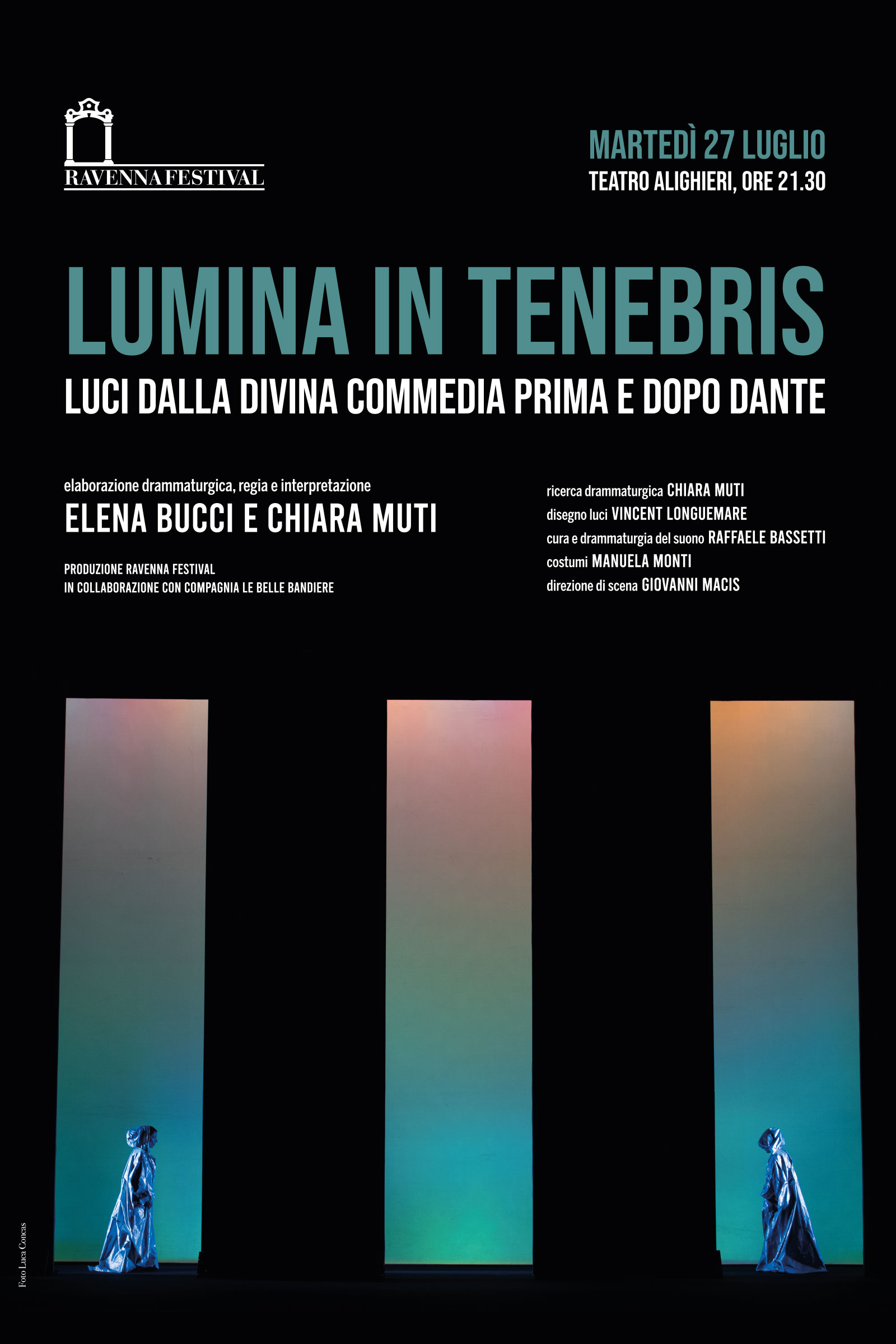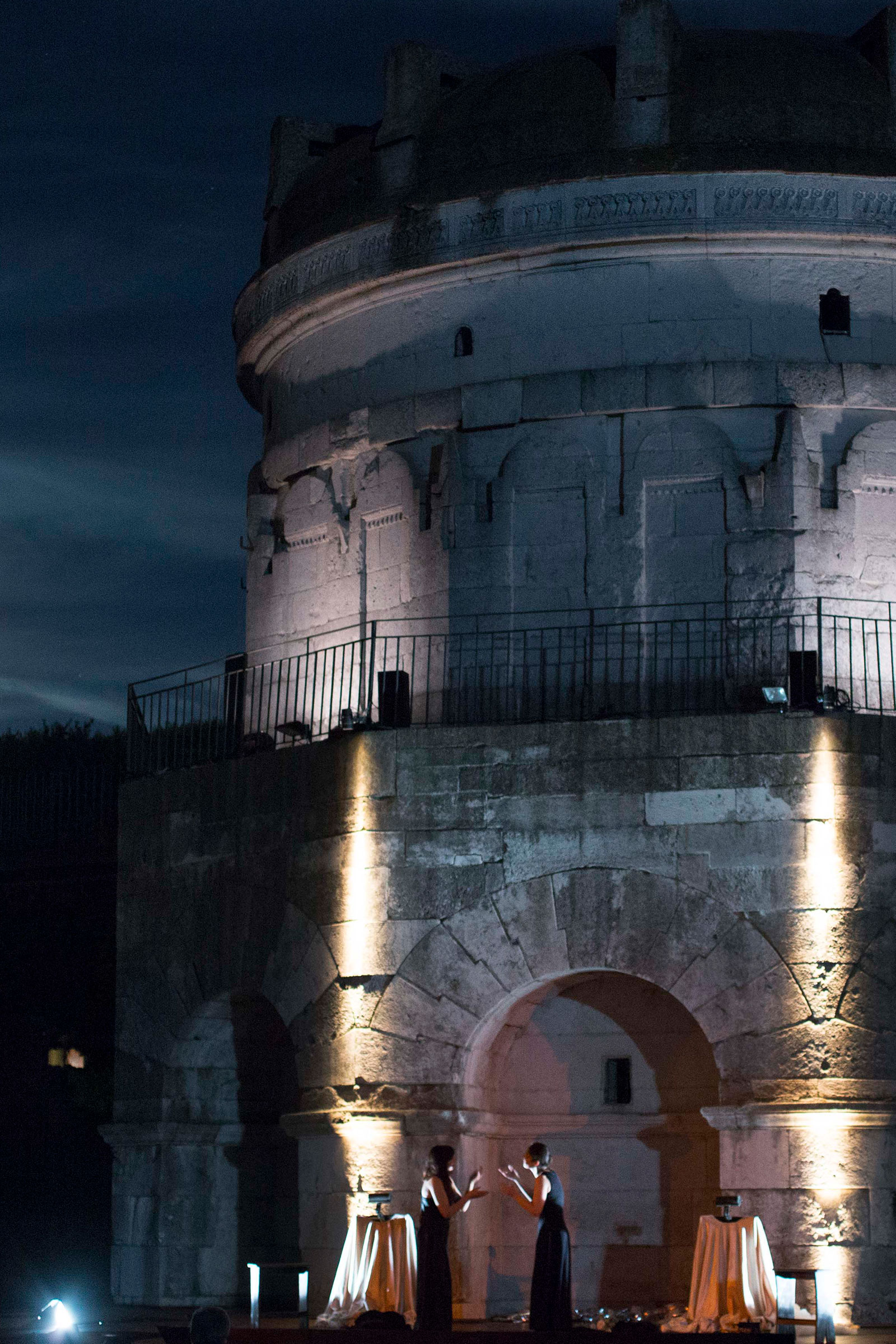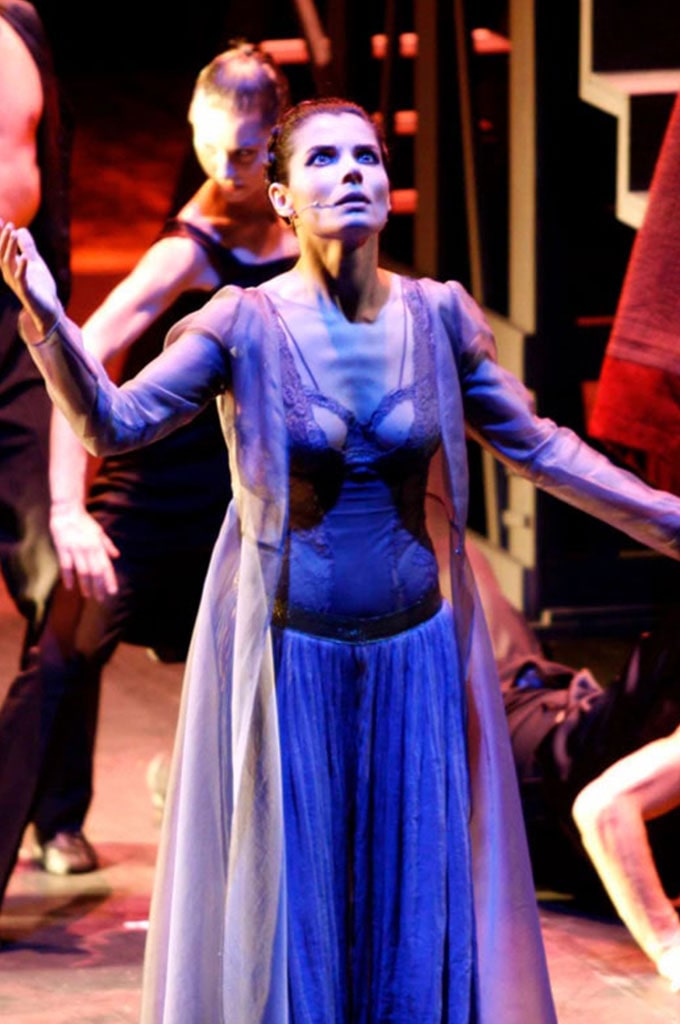25 Jun Dido and Aeneas
Time awakens, fate unfolds, and tragedy dances within the realm of dreams #gallery-1 { margin: auto; } #gallery-1 .gallery-item { float: left; margin-top: 10px; text-align: center; width: 100%; } #gallery-1 img { border: 2px solid #cfcfcf; } #gallery-1 .gallery-caption { margin-left: 0; } /* see gallery_shortcode() in wp-includes/media.php */ Pictures by Silvia Lelli Pictures by Silvia Lelli Directorial Notes DIDO AND AENEAS AMONG THE MATTER OF DREAMS. Interview with ChiaraMuti by Leonetta BentivoglioChiara Muti is an intelligent and sensitive actress who, throughout a career rich in successes, has always made interesting choices both in theater and cinema, pursuing unpredictable roles, adventurous paths, and experiments that have highlighted her multidisciplinary talent and her marked musicality. Her operatic directing debut dates back to last year, with the staging at the Ravenna Festival of a challenging and deeply feminine work like Hindemith’s Sancta Susanna. Chiara Muti approached it with a rigorous sense of music, a thorough work with the performers, and an inventive and poetic interpretation. Now she returns to directing to stage the seventeenth-century opera Dido and Aeneas by the English composer Henry Purcell, in the impressive setting of the Baths of Caracalla. “An open-air performance terrifies every director,” she confesses, “because it places you in a situation where you cannot fully control the clarity of the lighting. On the other hand, the space of the Palestra Orientale of Caracalla is extraordinarily evocative: you breathe History with a capital H there...



